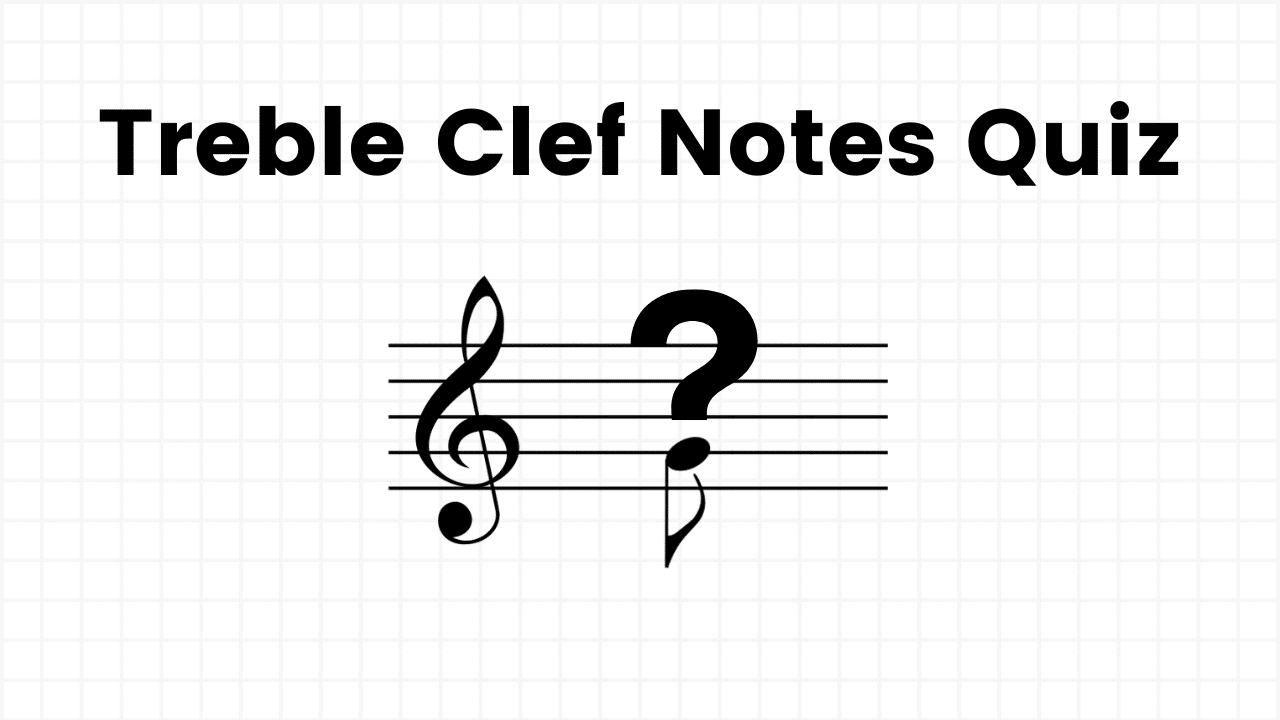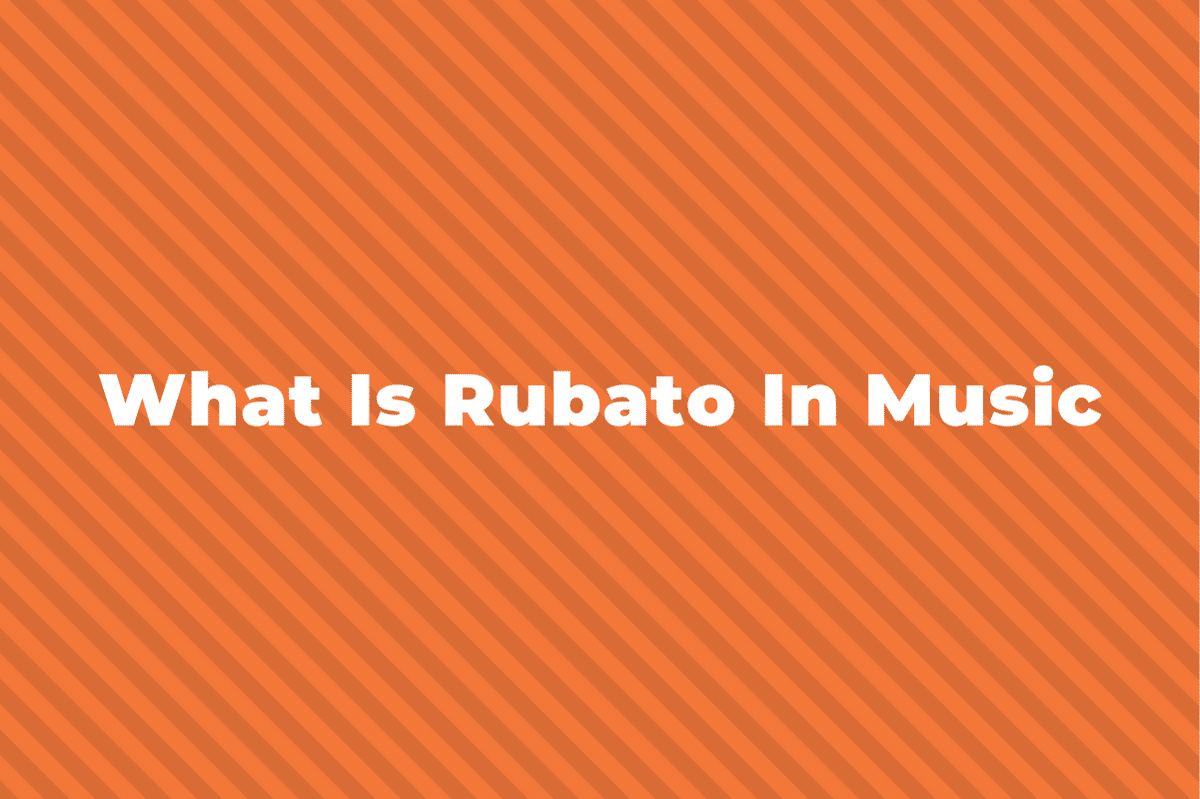Western music structure is primarily based on the diatonic scale, with major and minor variations in each key. Within the diatonic scale are seven musical modes, specific tonal patterns that create particular scales. Each modality’s tonal design creates a sound and feeling unique to its scale.
Named after Ancient Greek provinces, Ionian, Phrygian, Dorian, Aeolian, Locrian, Lydian, and Mixolydian scales each offer a slightly different take on traditional diatonic scales.
The original Dorian scale of the Ancient Greeks has changed over time, eventually becoming the diatonic scale it is today. Music written in the Dorian mode sounds “cool,” and it was first popularized in old sea shanties. Contemporary songwriters often favor the Dorian mode for compositions written across all genres in the 20th century and after.
In this post, we’re going to take a look at 12 examples of music that uses the Dorian mode to help you understand the unique sound that makes it so popular with composers and musicians.
Quick Recap: What is Dorian Mode?
Before we get to the list of songs that use the Dorian scale, let’s first remind ourselves what is the Dorian mode?
The Dorian scale is the 2nd mode of the major scale but with a flattened 3rd and 7th.
It tends to sound dark and full of intrigue with the minor 3rd and 7th.
To play a Dorian scale, you follow a particular formula of whole and half steps:
W – H – W – W – W – H – W.
Which, in the key of C would use the notes C – D – Eb – F – G – A – Bb – C

Now that we’ve established what it is, let’s take a look at 12 songs that use the Dorian mode in some form.
1. Scarborough Fair – Anonymous
Scarborough Fair is thought to have been written by an unknown composer sometime in the 13th century.
The song tells a story set against the backdrop of an actual fair held annually in the English medieval town of Scarborough.
The song’s scale and chord progression exemplify the more flexible medieval structure of Dorian mode instead of the strictly diatonic scale it has evolved into in the 21st century.
2. Missa Solemnis – Ludwig von Beethoven
Beethoven wrote the “Missa solemnis in D major, Op. 123” between 1819 and 1823, first performing it in St. Petersburg, Russia.
His use of the archaic Dorian mode in “Missa Solemnis” suggests he probably studied early medieval church music.
The Dorian influence is heard preceding the flute motif in the Holy Spirit “et incarnatus est” section.
Written in accordance with medieval music theory, Beethoven’s Dorian passages could include a Bb as well as a B natural.
Further evidence of his archaic modal studies appears in the Ancient Greek Mixolydian motif of the Credo section.
3. The Drunken Sailor – Anonymous
Sea shanties have been around since at least the 15th century, predating the earliest classical music, besides Gregorian chant.
In fact, musical scholars believe the musical structure of sea shanties actually influenced future classical music.
Dorian mode suits the content and intent of sea shanties particularly well due to its dark but not necessarily morose nature.
The true origins of “The Drunken Sailor” are unknown, as is the date it was penned, but historians claim it has been popular since the early 1800s.
The classic stomp-and-hop sea shanty is composed in D Dorian, though modern versions sometimes modify parts to a major scale.
4. Zila Kafi – Anonymous
The Dorian mode is not just for Western music.
Indian composers make wide use of the Kafi Thaat scale, the Indian version of the Dorian mode.
Kafi Thaat is one of the most widely used scales in raga music.
Although Indian music adds quarter tones to scales, whereas Western music stops with half tones, listeners can still hear the Dorian scale in this classic Indian piece.
Ustad Ali Akbar Khan and sitarist Ravi Shankar perform the linked version of Zila Kafi, a raga written by an unknown Indian composer.
5. Santa Maria, Strela do Dia – Alfonso X el Sabio
The Cantigas de Santa Maria is a collection of songs from the Middle Ages attributed to Alfonso X el Sabio, King of Leon, Galicia, and Castile from 1252 until his death in 1284.
Today, the former king is primarily recognized for his numerous works on astronomy and mathematics, but he also composed and co-wrote quite a few musical pieces.
The vast Cantigas de Santa Maria collection contains 420 poems with musical notation, including several pieces in medieval D Dorian mode.
This piece, Santa Maria, strela do dia, is one of the most widely performed of the Cantigas.
6. Billie Jean – Michael Jackson
Michael Jackson wrote and composed his hit single “Billie Jean” himself, though he produced it in collaboration with Quincy Jones.
The beginning of the verse structure is entrenched firmly in E Dorian mode because again, with the vocal melody ending on an F#, the second degree E major.
While the song sounds as if it could be in either Dorian or Aeolian, we can identify the Dorian mode by including a D# in the G#m chord.
The verse leaves Dorian in the last two bars by using a D natural in the Bm chord.
This alternation continues in each verse throughout the song.
7. Wicked Game – Chris Isaak
The mode can often be determined only by pinning the chord progression and the melody together in contemporary popular music.
Whereas in classical instrumental music, the modality is created by the instrumentation playing under a key and a particular scale, modern music may lack a standard mode until the vocal melody line is added.
Vocal melodies usually end on the tonic, but if the piece ends on a different tone, it usually signifies the work is in a mode of the major scale.
In this case, the tune finishes on the 2nd degree of what would typically be a major scale, making it a Dorian scale.
8. Moondance – Van Morrison
The Van Morrison perennial favorite “Moondance” is another song that doesn’t advertise its Dorian roots on the surface.
A glance at the song’s structure would lead one to believe Morrison crafted it in the key of A minor.
Further examination, however, reveals the F# within the Bm chord, a big no-no for the key of Am, which typically uses the same scale as C major, with no accidentals.
Knowing this, we can determine that “Moondance” is actually written in A Dorian.
9. So What – Miles Davis
One of famous trumpet player Miles Davis’ most enduring and iconic pieces, “So What,” exemplifies why the man is a master.
To begin with, Miles Davis was the first to introduce “modal jazz” to the world.
Modal jazz uses the traditional Greek musical modes, often modulating them and switching back and forth between them throughout the song.
In modal jazz, the instrumental melodies that overlay the chords direct the mode, rather than the chord pattern producing one tonal center or tonic across the entirety of the piece.
“So What” is firmly entrenched in D Dorian, the mode’s original home.
10. Eleanor Rigby – The Beatles
Inspired by the scale pattern in “Scarborough Fair,” Paul McCartney of The Beatles wrote “Eleanor Rigby” partially in Dorian mode.
The Beatles are known for writing complex song structures and changeable chording, and many of Paul McCartney’s other songs slip between multiple scales and modes as well.
The verse begins in Dorian, with “Eleanor Rigby … wedding has been,” then quickly shifts to a minor/Aeolian mode for “lives in a dream.”
The chorus begins in Aeolian, then moves to a pentatonic scale for the body of the hook.
Dorian enters with the beginning of the next verse, and so on.
11. Oyo Como Va – Tito Puente, Perf. Santana
The song Santana likes to say is, “a Cuban cha-cha composed by a Puerto Rican New Yorker and performed by a Mexican immigrant and his San Francisco rock band,” is indeed a study in multi-ethnic music flavor.
Written by composer Tito Puente in the 1950s, the entire song stays in Dorian mode.
Oyo Como Va is in A Dorian.
The Dorian A scale is similar to an A natural minor scale, with an F-sharp instead of an F natural.
The A Dorian scale follows the same pattern as a G major scale if played from A to A.
12. Chameleon – Herbie Hancock
Herbie Hancock composed the jazz standard in collaboration with Paul Jackson, Bennie Maupin, and Harvey Mason, and it was released in 1973.
The funk beat and classic jazz bassline back the jazz ensemble anchored in Bb Dorian.
Jazz often implements musical keys not frequently used in other musical genres.
The bassline is often the most studied part of “Chameleon,” as it packs an incredible amount of notes into just two bars by playing arpeggios and, alternately, the Bb Dorian chromatic scale.
Summary
We hope you’ve enjoyed exploring these examples of Dorian mode music.
Dorian has a long history of use in musical compositions from the medieval period to the classical eras to folk, pop, rock, jazz, and other modern music.
Now that you know Dorian mode sounds in music, you should be able to recognize Dorian scales in music and use Dorian mode when writing your own music.



